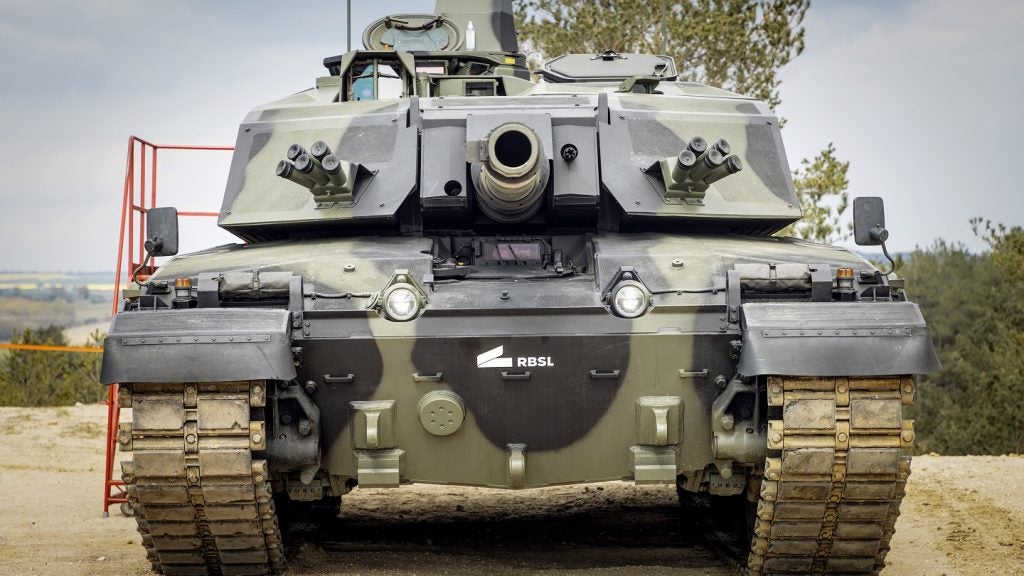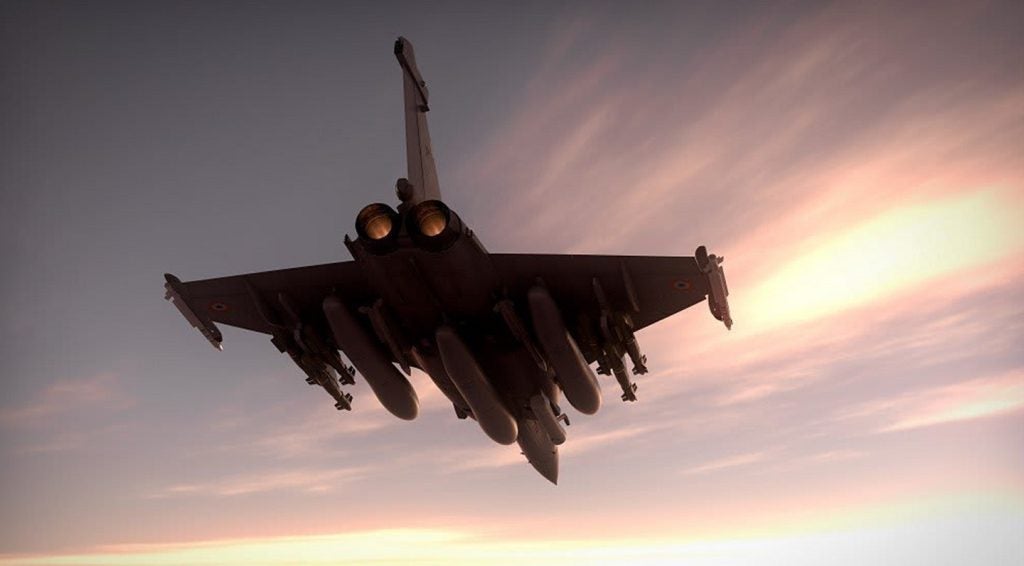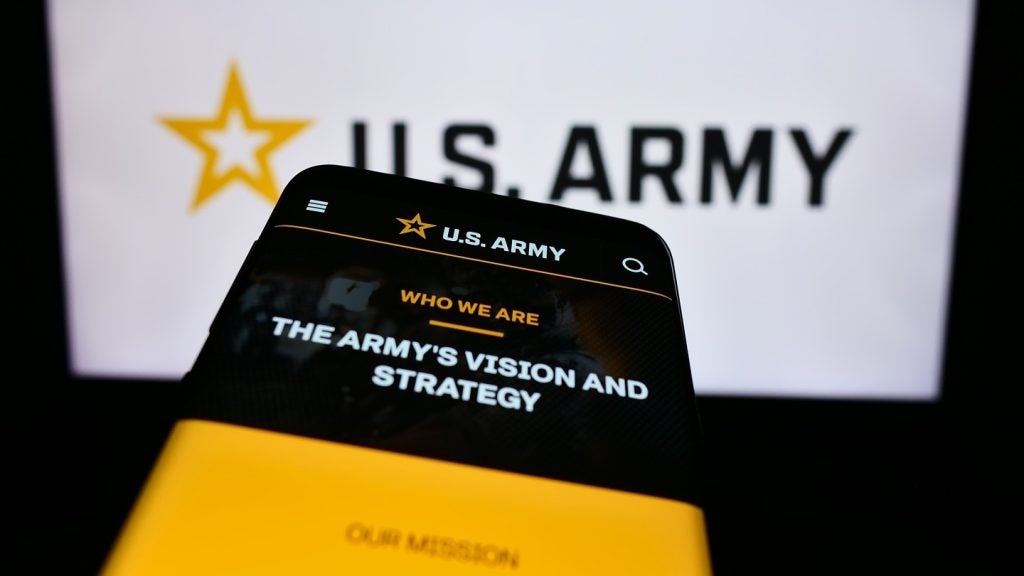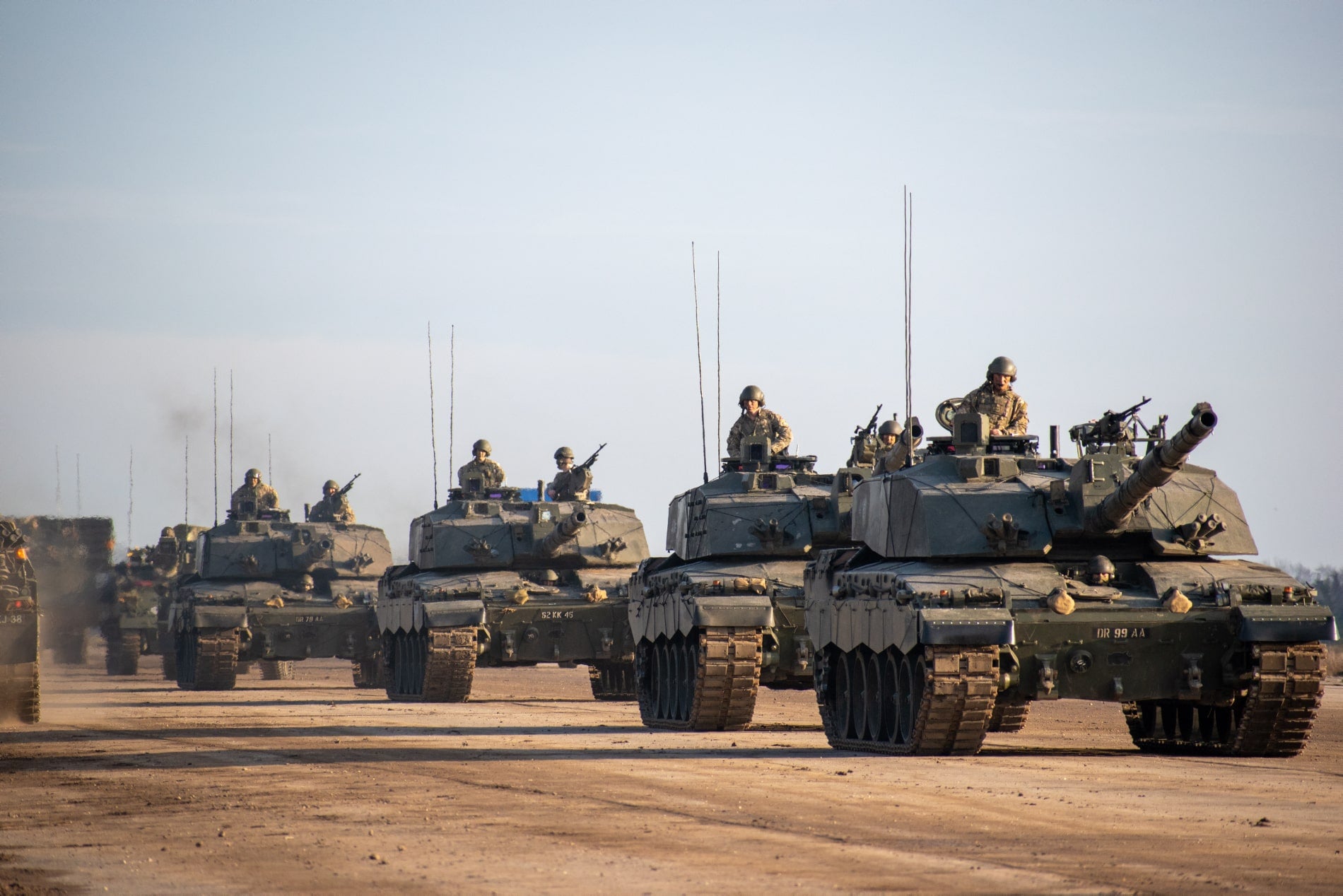
The review confirms a reduction in the size of the British Army from a Full-time Trade Trained strength of 76,000 down to 72,500 by 2025. The army will also be restructured around Brigade Combat Teams – a concept previously reported on by Army Technology.
The document also confirms that 148 of the UK’s Challenger 2 Main Battle Tanks (MBTs) will be upgraded and renamed Challenger 3 as part of a £1.3bn modernisation programme. The remaining Challenger MBTs not upgraded will be retired.
The paper also confirms plans to retire the UK’s fleet of Warrior IFVs, saying that the MOD will not proceed with the Lockheed Martin Warrior Capability Sustainment Programme (WCSP) that would have extended the vehicles service life.
Instead, the British Army’s Warrior capability will be replaced by the incoming Boxer Mechanised Infantry Vehicle (MIV) by the middle of this decade.
The British Army’s order of Boxer vehicles is set to be accelerated; the paper also mentions expanding the capability of Boxer.
Procurement of the British Army’s Ajax family of vehicles will also continue.
How well do you really know your competitors?
Access the most comprehensive Company Profiles on the market, powered by GlobalData. Save hours of research. Gain competitive edge.

Thank you!
Your download email will arrive shortly
Not ready to buy yet? Download a free sample
We are confident about the unique quality of our Company Profiles. However, we want you to make the most beneficial decision for your business, so we offer a free sample that you can download by submitting the below form
By GlobalData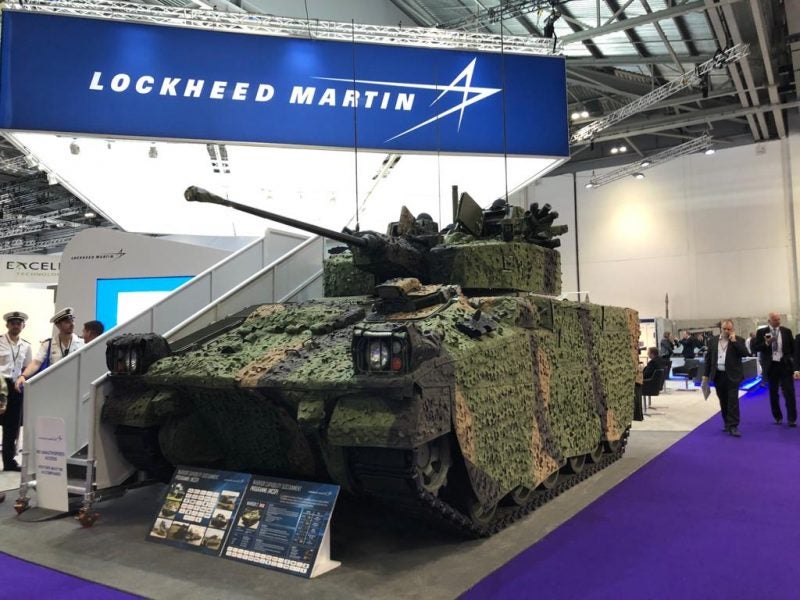 A Warrior CSP vehicle on show at DSEI 2019.
A Warrior CSP vehicle on show at DSEI 2019.
In a foreword to the document, Secretary of State for Defence Ben Wallace said: “As a young officer, thirty years ago almost to the day, I was summoned to the drill square to have read aloud key decisions from the government’s defence review, Options for Change.
“We did not know it then, but the world was set for a massive change. Not the fall of the Soviet Union, but other geopolitical changes such as the rise of China, terrorist threat from Al Qaeda and global impact of the internet, which were all some way off, but no one was really prepared for what happened when they did.”
The British Army will also develop a new ‘Ranger Regiment’ which will form part of an ‘Army Special Operations Brigade’. The Ranger Regiment will seed its personnel from current Specialised Infantry Battalions; 1 SCOTS, 2 PWRR, 2 LANCS and 4 RIFLES.
The new regiment will be established in August and receive £120m over the next four years to equip it.
The command paper includes no mention of the army’s Multi-Role Vehicle-Protected (MRV-P), under which the army planned to acquire the US-built Oshkosh Joint Light Tactical Vehicle.
A new Security Force Assistance Brigade will also be established. Units from the Brigade are set to be regularly deployed around the world to support the UK’s allies and partners.
The Army is also set to invest in new longer-range artillery capabilities with £250m over the next decade to be invested into the Guided Multiple Launch Rocket System (GMLRS). The Army will also spend £800m over 10 years on a new ‘Mobile Fires Platform’.
The MOD will also make a short-term investment in sustaining the Exactor missile system, with a view towards a long-term upgrade in future.
The Army will be structured around two Heavy Brigade Combat Teams which will be made of Boxer, Ajax and Challenger 3, two Light Brigade Combat Teams, one Deep Recce Strike Brigade Combat Team, an Air Manoeuvre Brigade Combat Team and one Combat Aviation Brigade Combat Team.
Wallace’s forward adds: “In Defence, it is always tempting to use the shield of sentimentality to protect previously battle-winning but now outdated capabilities. Such sentimentality, when coupled with over-ambition and under-resourcing, leads to even harder consequences down the line. It risks the lives of our people, who are truly our finest asset.
“It would similarly endanger our people if we simply wielded a sword of cuts, slicing away the battle-proven on the promise of novelty, without regard for what is left behind. Old capabilities are not necessarily redundant, just as new technologies are not always relevant. Those of us in government charged to protect and defend have a duty to enter new domains, as well as continuing investment in the traditional ones, but always adapting to the threat.”
On an aviation front, the Royal Air Force is set to retire its Tranche 1 Eurofighter Typhoons and its Hawk T1s by 2025. The C130 Hercules fleet will be retired by 2023, and its capability filled by the A400M.
Over £2bn is set to be invested in the Tempest Future Combat Air System (FCAS) over the next four years. The E03D Sentry will be retired in 2021 as the Royal Air Force moves to a fleet of three E-7A Wedgetails.
The paper also commits the MOD to increase its fleet of F-35Bs beyond the currently ordered 48 aircraft.
The UK’s oldest Chinook’s will be retired, and newer extended range Chinooks will be purchased. The paper also says the MOD will invest in a new medium-lift helicopter in the mid-2020s to consolidate the army’s ‘disparate fleet’ that included the Puma helicopter.
The army will also ‘retain and upgrade’ its Watchkeeper uncrewed aerial vehicles.
 An RAF C-130 Hercules from RAF Brize Norton conducting touch and go beach landings at Pembrey, Wales. Image: MOD/ Crown Copyright.
An RAF C-130 Hercules from RAF Brize Norton conducting touch and go beach landings at Pembrey, Wales. Image: MOD/ Crown Copyright.
The Royal Navy is set to invest £40m into the development of the Royal Marines Future Commando Force over the four years, with a further £50m to be spent on converting a Bay-class support ship into a ‘more agile and lethal littoral strike capability’.
Two Littoral Response Groups will be formed, with the first to de deployed to the Euro-Atlantic in 2021 and the second deployed to the Indo-Pacific in 2023.
The Royal Navy also confirmed that its Mine Counter Measures Vessels would be retired as an automated Mine Hunting Capability (MHC) developed in partnership with France comes into service.
Offshore Patrol Vessels will be permanently forward-deployed to the Falklands, Caribbean, Gibraltar, and ‘East of Suez’ freeing up the Royal Navy’s frigates and destroyers for more important missions whilst maintaining a presence in the regions.
The navy will also bring into service new Type 31 and Type 32 frigates – the latter of which may not be a Frigate in the traditional sense. The requirement for Type 32 is for a ship that will be able to protect the Littoral Response Groups and conduct strikes from the sea.
The air defence capability of the UK’s in-service Type 45 Destroyers is to be upgraded and Harpoon ship-to-ship missiles will be replaced.
Investment in shipbuilding will see the construction of three new fleet solid support ships, A Multi-Role Ocean Surveillance capability, Multi-Role Support Ships (MRSS) in the early 2030s.
The Royal Navy will also commence the concept and assessment phase for a new ‘Type 83 Destroyer’ which will replace the Type 45 in the late 2030s.
 RFA Lyme Bay. Image: MOD/ Crown Copyright.
RFA Lyme Bay. Image: MOD/ Crown Copyright.


